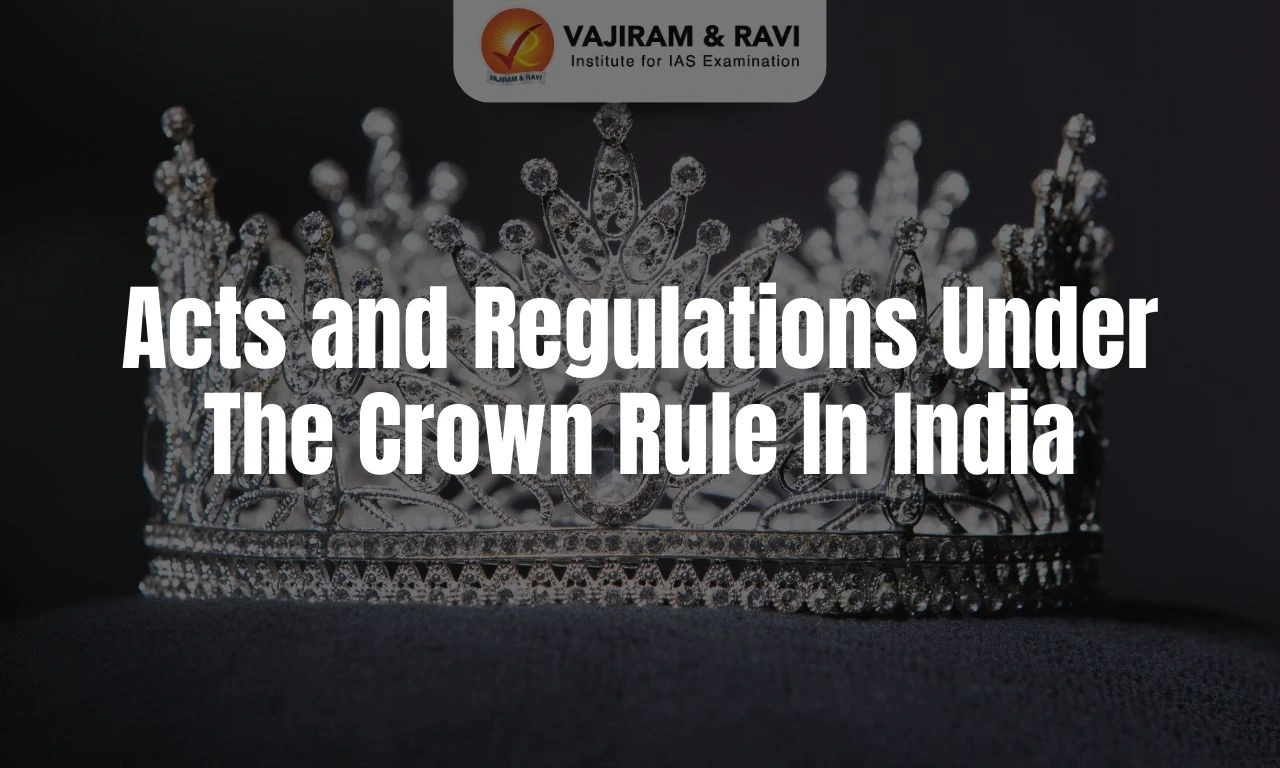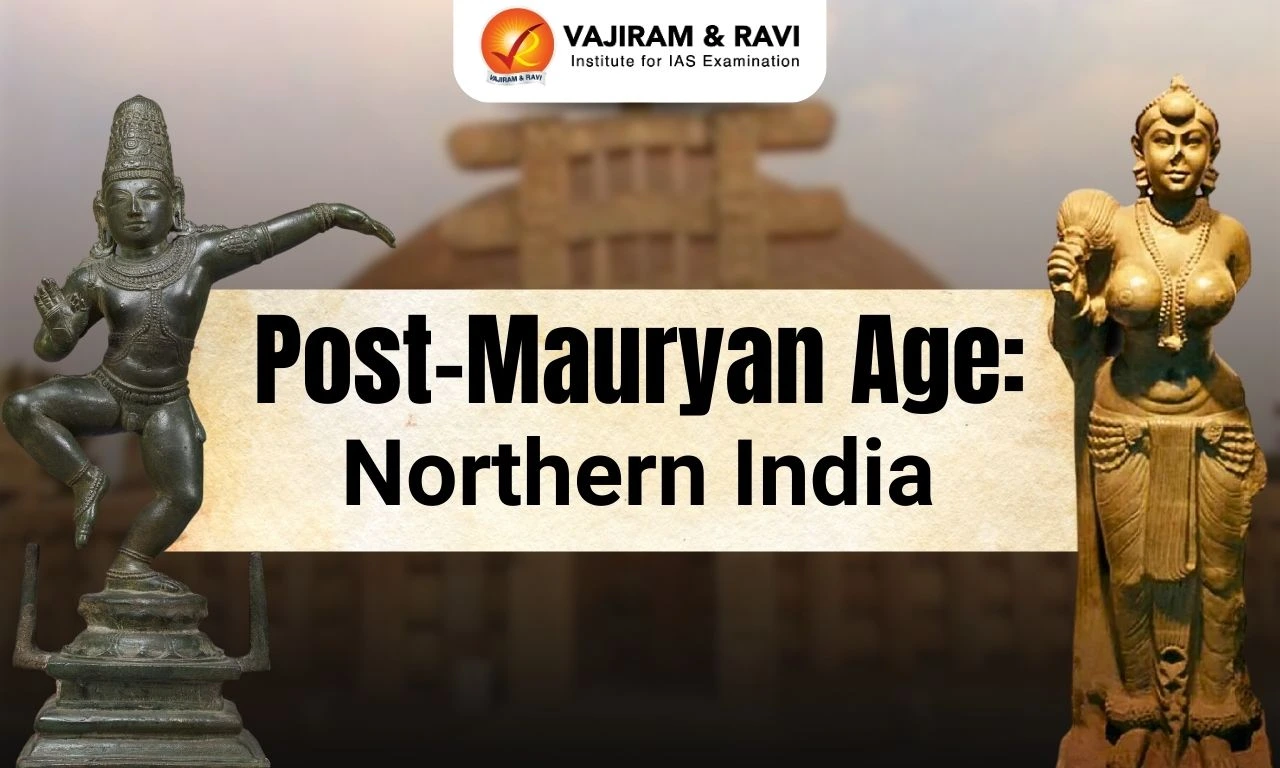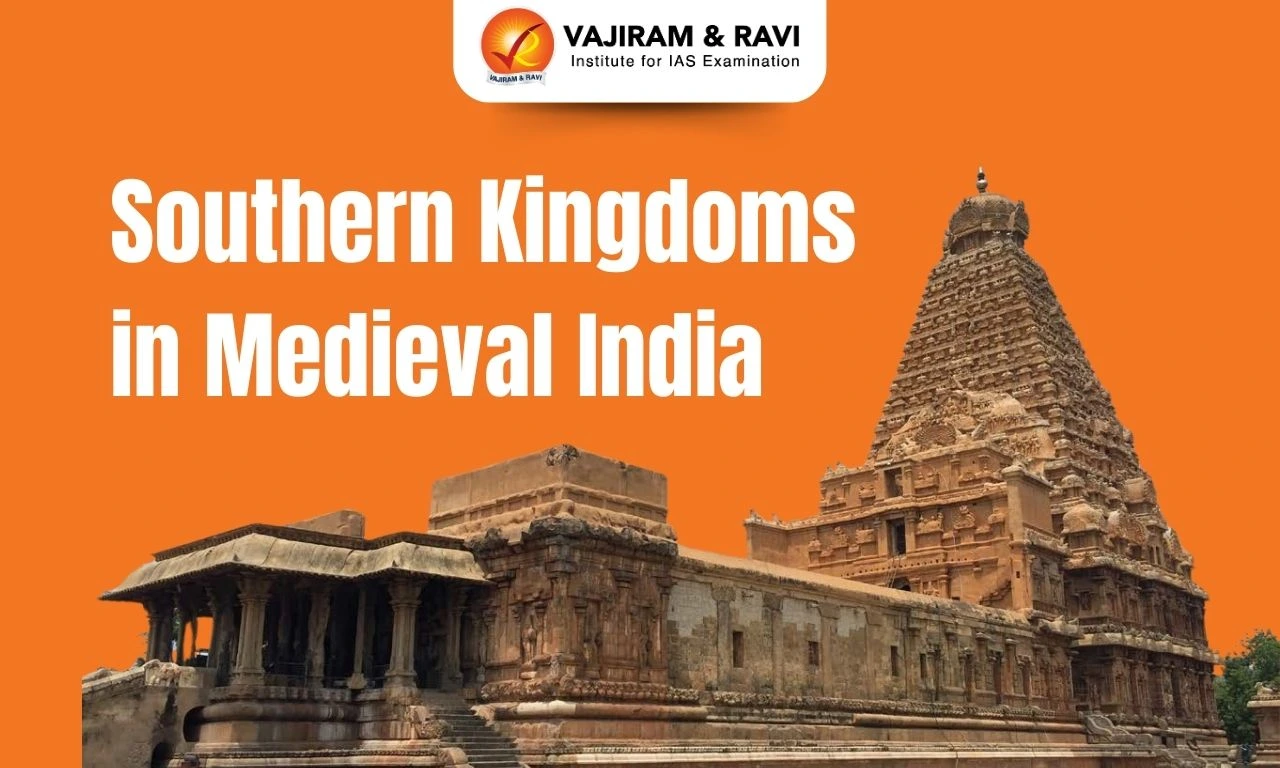Temple Entry Movement was a significant social reform initiative in India that occurred between the 1920s and the 1940s. For centuries, Dalits and other marginalized groups were denied access to temples and participation in sacred rituals, which are central to Hindu culture and tradition. Temple Entry Movement sought to challenge the caste-based restrictions on temple entry, especially in the regions of Travancore and Kerala.
Temple Entry Movement was a response to these injustices. The Movement gained momentum under the leadership of B.R. Ambedkar, Mahatma Gandhi, and Periyar E.V. Ramasamy. Their advocacy aimed to end untouchability and promote social equality, resulting in significant victories.
Temple Entry Movement Overview
Temple Entry Movement in India, initiated in the 1920s, was a significant social reform movement that aimed to ensure equal access to Hindu temples for lower castes. The movements in Vaikom, Guruvayur, and Kalaram Temples raised awareness about their rights. The movement eventually led to the Temple Entry Proclamation of 1936, opening temple doors for lower castes in state-owned temples.
- It was issued by Maharaja Sree Chithira Thirunal Balarama Varma of Travancore.
Temple Entry Movement Struggles
Temple Entry Movement, a social reform movement, aimed to challenge the discriminatory practice of denying temple entry to lower caste members. This movement encompassed various significant struggles at Vaikom, Guruvayur, and Nashik.
Temple Entry Movement Vaikom Satyagraha
Temple Entry Movement saw its first major struggle in the Vaikom Satyagraha, which started in 1924. It occurred in the Travancore village of Vaikom. This movement aimed to end the entrenched practice of untouchability, which barred Ezhavas and Pulayas from visiting the Vaikom Mahadeva temple.
- Reason: Ezhavas and Pulayas were denied entry to numerous temples due to untouchability and distance restrictions.
- Travancore Unrest: On March 30, 1924, the Travancore State Congress Committee protested against caste discrimination by advocating for Ezhavas and Pulayas' rights to use surrounding roads, leading to widespread unrest and a temporary restriction on temple entry for all communities.
- Role of Periyar: E. V. Ramasamy Naicker, also known as Periyar or Vaikom Veerar, played a crucial role in the Vaikom Satyagraha, mobilizing volunteers and gaining public support through his speeches.
- Widespread Support: The Satyagrahis were supported by the Akalis of Punjab, who provided food, and both Christian and Muslim leaders contributed to the movement.
- Other Prominent Figures: The Vaikom Satyagraha saw the involvement of key figures like K.P. Kesava Menon, T.K. Madhavan, while Mahatma Gandhi visited Vaikom in March 1925 to show his support for the movement.
- During his visit, Gandhi spoke with various leaders and helped negotiate a compromise that opened some roads to lower castes, marking an important step toward social equality.
Temple Entry Movement Guruvayur Satyagraha
Temple Entry Movement saw its second major struggle in the Guruvayur Satyagraha, which occurred in 1931-1932. It was a protest against caste-based pollution at the Guruvayur Temple in Malabar.
- Aim: The goal of the Satyagraha was to make the temple accessible to all Hindus, irrespective of their caste.
- Leaders: The Guruvayur Satyagraha began on 1 November 1931 under K. Kelappan's leadership, while prominent leaders such as P. Krishna Pillai and A.K. Gopalan played key roles in the movement.
- Path of Guruvayur Satyagraha: In Kerala, social reform was prioritized over national politics, with the Kerala Pradesh Congress Committee focusing on temple entry rather than the Civil Disobedience Movement.
- K. Kelappan, a prominent leader in the movement, initiated a fast unto death but later ended it on Gandhi's advice.
- Impact: The Guruvayur Satyagraha ultimately ended without achieving its intended goals, but it helped raise awareness on the issue of Temple Entry.
Temple Entry Movement by B.R Ambedkar
Temple Entry Movement found renewed support and leadership under Dr. B.R Ambedkar, who led the movement to expose caste prejudices in Indian society. The various movements under him included Ambadevi Mandir Satyagraha, Parvati Satyagraha, and the Kalaram Temple Entry Movement. They are discussed in detail below:
- Ambadevi Mandir Satyagraha (1927): On 27th June 1927, Dr. Ambedkar and his followers marched on Ambadevi Temple in Amravati to gain access to the religious premise. Despite their efforts, they were unsuccessful as upper-caste Hindus opposed their entry.
- Parvati Satyagraha(1929): In 1929, Dr. Ambedkar initiated a protest for the Dalits' entry to the Parvati temple, located on Parvati Tekdi hill near Pune.
- The temple, built by Brahminical Peshwas, was only open to upper castes for centuries. Despite letters to the temple's body, entry to Dalits was denied again.
- Kalaram Temple Entry Movement (1930): The Kalaram Temple Entry Movement, also known as the Nashik Satyagraha, was a pivotal event in India's Dalit movement, led by Dr. B.R. Ambedkar in 1930, demanding the right for Dalits to enter and worship in the Kalaram Temple in Nashik, Maharashtra.
Temple Entry Movement Reasons
Temple Entry Movements in India was a significant Socio-religious reform movement that challenged the discriminatory practice of denying lower-caste Hindus access to temples. This movement emerged from a confluence of factors, including:
- Awareness of social injustices: The caste system, with its inherent discrimination against lower-caste groups, became a subject of growing scrutiny.
- Introduction of European ideals: European ideas of equality, liberty, and human rights challenged the traditional social order.
- Growing activism: Political and social organizations began advocating for social change and the rights of marginalized communities.
- Denial of religious rights: Dalits, often considered "untouchables," were frequently excluded from temples, denying their religious rights and dignity.
- Economic empowerment: The rise of a cash-crop economy and increased access to education and communication networks led to the emergence of a new, educated elite among lower castes, particularly the Ezhavas. ( lower caste communities )
- Formation of Movement: The Ezhavas, a lower-caste community, sought to eliminate discriminatory practices as they gained literacy and economic empowerment. Further, persistent social discrimination fueled their desire for equality in modernizing Travancore.
Temple Entry Movement Features
Temple Entry Movement broke down social barriers through relentless protests and advocacy, securing temple access for marginalized communities and paving the way for future reforms, as evidenced by the following key features:
- Equality and Dignity: The movement aimed to secure Dalits' right to enter Hindu temples, challenging the caste system and untouchability practices, as it was seen as a matter of self-respect and dignity.
- Social Reform: The Temple Entry Movement, a social reform initiative, aimed to eliminate discriminatory social hierarchies and guarantee equal religious rights for all Hindus, beyond just gaining access to temples.
- Non-Violent Approach: The Temple Entry Movement primarily employed non-violent resistance, inspired by Mahatma Gandhi's philosophy.
- Satyagrahas, involving peaceful protests and marches, were key methods used to exert pressure on authorities and raise awareness of the issue.
- View of Gandhi and Ambedkar: Gandhi believed in appealing to the conscience of upper-caste Hindus to bring about a change of heart.
- In contrast, Ambedkar viewed temple entry as a fundamental human right that required a radical overhaul of the caste system.
Temple Entry Movement Associated Leaders
Temple Entry Movement in India witnessed the contributions of several notable figures. T.K. Madhavan, K.P. Kesava Menon, and K. Kelappan led the Vaikom Satyagraha. Periyar E.V. Ramasamy mobilized volunteers and rallied public support.
- Mahatma Gandhi: Mahatma Gandhi, along with his son Manilal, participated in the movement in 1921.
- George Joseph: In Kesava Menon's absence, George Joseph, a well-known Kerala independence activist, took over as Vaikom Satyagraha's leader.
- Women Leaders: Prominent women leaders, including Nagammai (Periyar's wife) and Kannammal, played pivotal roles in empowering women and assuming key responsibilities during the Temple Entry Movement.
Temple Entry Movement Outcome
Temple Entry Movement ultimately succeeded in securing the right of lower-caste Hindus to enter Hindu temples, marking a significant victory against untouchability and for social equality. This achievement had important outcomes, including.
- Temple Entry Proclamation of 1936: In 1936, Maharaja Sree Chithira Thirunal Balarama Varma of Travancore issued the Temple Entry Proclamation, which officially abolished the discriminatory practice of denying lower-caste Hindus access to state-owned temples.
- Strengthened Dalit Movements: The Temple Entry movement contributed to the overall goal of alleviating caste-based atrocities against Dalits.
- Legal Reforms: The movement also helped in bringing legal reforms like The Madras Temple Entry Authorization Act of 1947 and the inclusion of Article 17 into the Indian Constitution, which abolished untouchability in India.
Temple Entry Movement UPSC PYQs
Q1. Satya Shodhak Samaj organized (UPSC Prelims 2016)
(a) a movement for upliftment of tribals in Bihar
(b) a temple-entry movement in Gujarat
(c) an anti-caste movement in Maharashtra
(d) a peasant movement in Punjab
Ans. (c)
Last updated on December, 2025
→ Check out the latest UPSC Syllabus 2026 here.
→ Join Vajiram & Ravi’s Interview Guidance Programme for expert help to crack your final UPSC stage.
→ UPSC Mains Result 2025 is now out.
→ UPSC Notification 2026 is scheduled to be released on January 14, 2026.
→ UPSC Calendar 2026 is released on 15th May, 2025.
→ The UPSC Vacancy 2025 were released 1129, out of which 979 were for UPSC CSE and remaining 150 are for UPSC IFoS.
→ UPSC Prelims 2026 will be conducted on 24th May, 2026 & UPSC Mains 2026 will be conducted on 21st August 2026.
→ The UPSC Selection Process is of 3 stages-Prelims, Mains and Interview.
→ UPSC Result 2024 is released with latest UPSC Marksheet 2024. Check Now!
→ UPSC Prelims Result 2025 is out now for the CSE held on 25 May 2025.
→ UPSC Toppers List 2024 is released now. Shakti Dubey is UPSC AIR 1 2024 Topper.
→ UPSC Prelims Question Paper 2025 and Unofficial Prelims Answer Key 2025 are available now.
→ UPSC Mains Question Paper 2025 is out for Essay, GS 1, 2, 3 & GS 4.
→ UPSC Mains Indian Language Question Paper 2025 is now out.
→ UPSC Mains Optional Question Paper 2025 is now out.
→ Also check Best IAS Coaching in Delhi
Temple Entry Movement FAQs
Q1. Who led the Vaikom Temple Entry Movement?+
Q2. Who was not allowed to enter the temples?+
Q3. Who issued the Temple Entry Proclamation in India?+
Q4. What was the impact of the Temple Entry Movement?+
Q5. When did the Guruvayur Temple Entry Movement take place?+

















